Stringent Regulatory Frameworks
Stringent regulatory frameworks play a crucial role in shaping the Global Viral Inactivation Market Industry. Regulatory agencies worldwide mandate rigorous testing and validation of viral inactivation processes to ensure the safety of biological products. Compliance with these regulations is not merely a formality; it is essential for market access and consumer trust. The increasing complexity of regulations necessitates advanced viral inactivation technologies, thereby driving market growth. As the industry adapts to these evolving standards, the market is expected to grow significantly, with projections indicating a rise to 5 USD Billion by 2035, underscoring the importance of adherence to regulatory requirements.
Growing Awareness of Blood Safety
Growing awareness of blood safety is a significant driver of the Global Viral Inactivation Market Industry. The need to ensure the safety of blood products has led to the implementation of rigorous viral inactivation protocols in blood banks and transfusion services. This heightened awareness is driven by public health initiatives and the increasing incidence of transfusion-transmissible infections. As healthcare providers prioritize patient safety, the demand for effective viral inactivation solutions is expected to rise. This trend is likely to contribute to the market's growth, with projections indicating a market value of 3.36 USD Billion in 2024, reflecting the critical importance of blood safety measures.
Market Trends and Growth Projections
The Global Viral Inactivation Market Industry is characterized by several key trends and growth projections. The market is expected to reach 3.36 USD Billion in 2024 and is projected to grow to 5 USD Billion by 2035, reflecting a robust CAGR of 3.68% from 2025 to 2035. This growth is driven by factors such as increasing biopharmaceutical production, stringent regulatory requirements, and advancements in viral inactivation technologies. The demand for safer blood products and the expansion of healthcare infrastructure in emerging markets further contribute to this upward trajectory. These trends indicate a dynamic market landscape that is poised for continued expansion.
Rising Demand for Biopharmaceuticals
The increasing demand for biopharmaceuticals is a pivotal driver of the Global Viral Inactivation Market Industry. As the biopharmaceutical sector expands, the need for effective viral inactivation methods becomes paramount to ensure product safety and efficacy. In 2024, the market is projected to reach 3.36 USD Billion, reflecting the industry's commitment to stringent safety standards. Regulatory bodies emphasize the necessity of viral inactivation in the production of vaccines and therapeutics, thereby propelling market growth. The anticipated CAGR of 3.68% from 2025 to 2035 indicates a sustained focus on innovative viral inactivation technologies to meet evolving biopharmaceutical needs.
Emerging Markets and Global Expansion
Emerging markets are increasingly contributing to the growth of the Global Viral Inactivation Market Industry. As countries in Asia, Africa, and Latin America enhance their healthcare infrastructure, the demand for viral inactivation technologies is on the rise. These regions are witnessing a surge in biopharmaceutical production and blood safety initiatives, necessitating effective viral inactivation solutions. The expansion of global supply chains and collaborations between local manufacturers and international firms further fuels market growth. The anticipated CAGR of 3.68% from 2025 to 2035 indicates that emerging markets will play a pivotal role in shaping the future landscape of the industry.
Technological Advancements in Viral Inactivation
Technological advancements in viral inactivation methods are transforming the Global Viral Inactivation Market Industry. Innovations such as nanotechnology, advanced filtration techniques, and novel chemical agents are enhancing the efficiency and effectiveness of viral inactivation processes. These advancements not only improve safety but also reduce production costs, making them attractive to manufacturers. As companies strive to optimize their processes, the market is likely to benefit from these technological developments. The projected growth to 5 USD Billion by 2035 suggests that the integration of cutting-edge technologies will be a driving force in the industry, catering to the increasing demand for safer biopharmaceutical products.


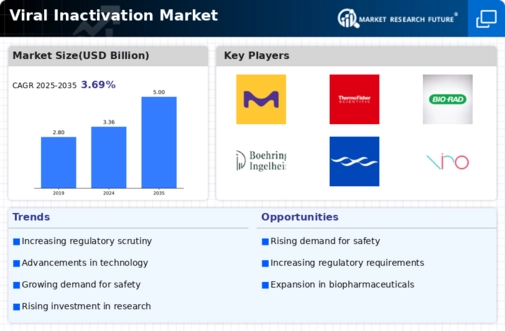
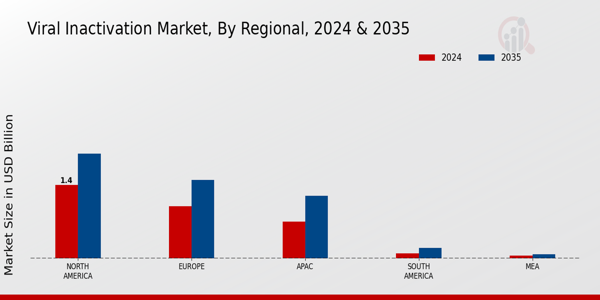
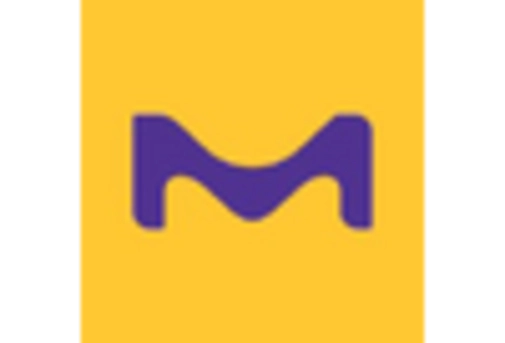
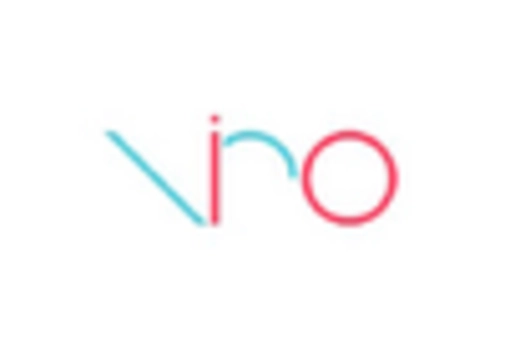
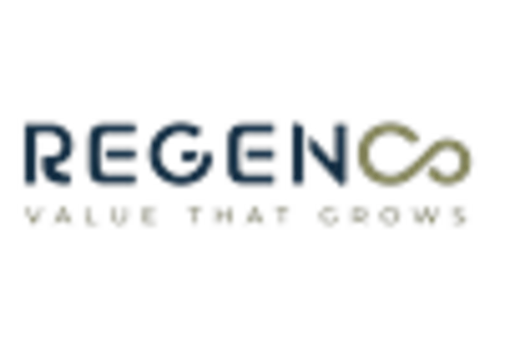
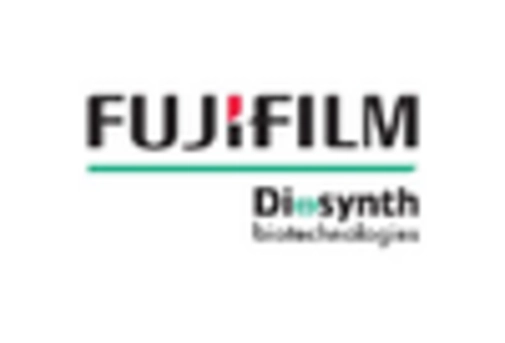
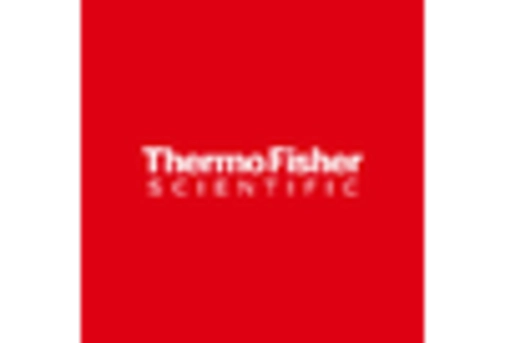
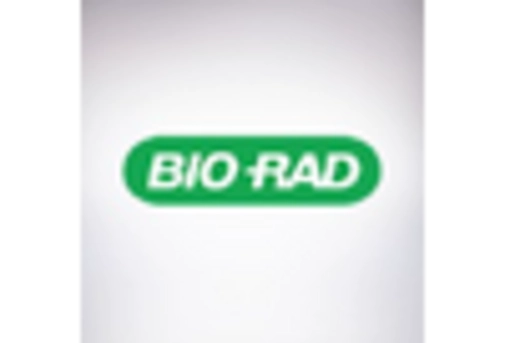
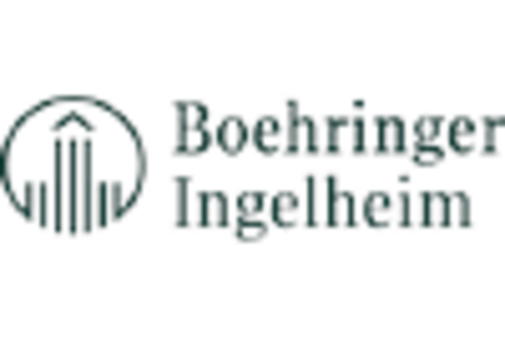









Leave a Comment